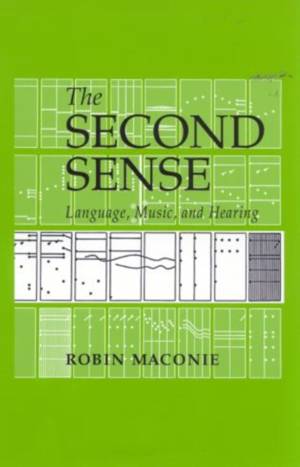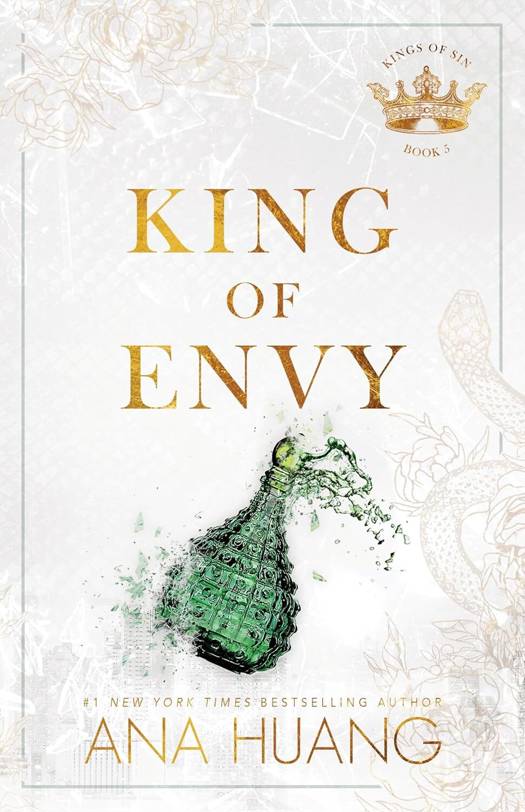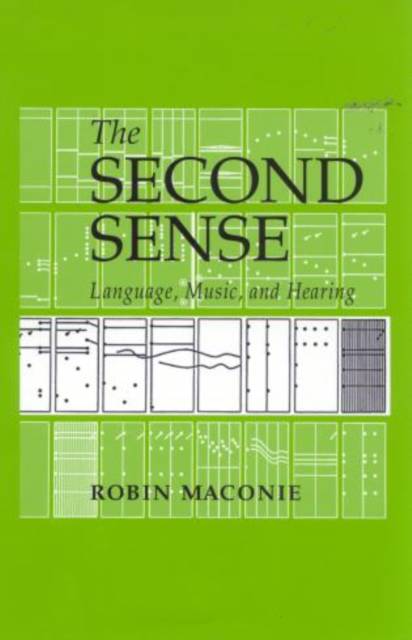
- Afhalen na 1 uur in een winkel met voorraad
- Gratis thuislevering in België vanaf € 30
- Ruim aanbod met 7 miljoen producten
- Afhalen na 1 uur in een winkel met voorraad
- Gratis thuislevering in België vanaf € 30
- Ruim aanbod met 7 miljoen producten
Zoeken
Omschrijving
In a visual culture, hearing is the second sense, and music is the art of hearing. Kandinsky believed that music transcended painting and visual representation because it had the power to act directly and invisibly on the human spirit. Because it is the only art to deal unequivocally with the real world of sound and its attendant perceptions of time, motion, and human mortality, music remains a powerful and often controversial influence on human behavior.
Defining music in the broadest sense as 'any acoustic activity intended to influence the behavior of others', and written in a clear, conversational style for a non-specialist readership, The Second Sense draws on over 100 examples of recorded musical sources from throat singing to Beethoven, and from traditional Japan to Boulez, including a great many popular classics. On the basis that 'Everything you hear is true: true of yourself, true of the music, and true of the relationship between what you hear and how you hear it' the author teases out the signs, symbols, and patterns of thought that arise from the way people hear, the sounds people make, and the instruments and environments that are designed and constructed to enhance the listening experience. Maconie aims to do for music what Klee and Kandinsky did for art education and Marshall McLuhan for media studies.
Defining music in the broadest sense as 'any acoustic activity intended to influence the behavior of others', and written in a clear, conversational style for a non-specialist readership, The Second Sense draws on over 100 examples of recorded musical sources from throat singing to Beethoven, and from traditional Japan to Boulez, including a great many popular classics. On the basis that 'Everything you hear is true: true of yourself, true of the music, and true of the relationship between what you hear and how you hear it' the author teases out the signs, symbols, and patterns of thought that arise from the way people hear, the sounds people make, and the instruments and environments that are designed and constructed to enhance the listening experience. Maconie aims to do for music what Klee and Kandinsky did for art education and Marshall McLuhan for media studies.
Specificaties
Betrokkenen
- Auteur(s):
- Uitgeverij:
Inhoud
- Aantal bladzijden:
- 384
- Taal:
- Engels
Eigenschappen
- Productcode (EAN):
- 9780810842427
- Verschijningsdatum:
- 1/05/2002
- Uitvoering:
- Hardcover
- Formaat:
- Genaaid
- Afmetingen:
- 142 mm x 221 mm
- Gewicht:
- 635 g

Alleen bij Standaard Boekhandel
+ 153 punten op je klantenkaart van Standaard Boekhandel
Beoordelingen
We publiceren alleen reviews die voldoen aan de voorwaarden voor reviews. Bekijk onze voorwaarden voor reviews.











